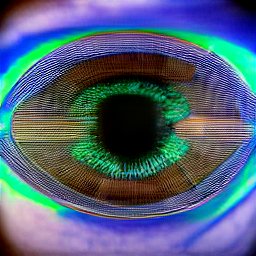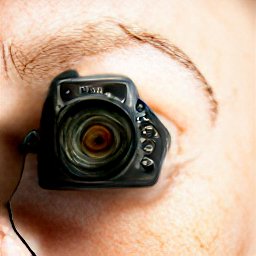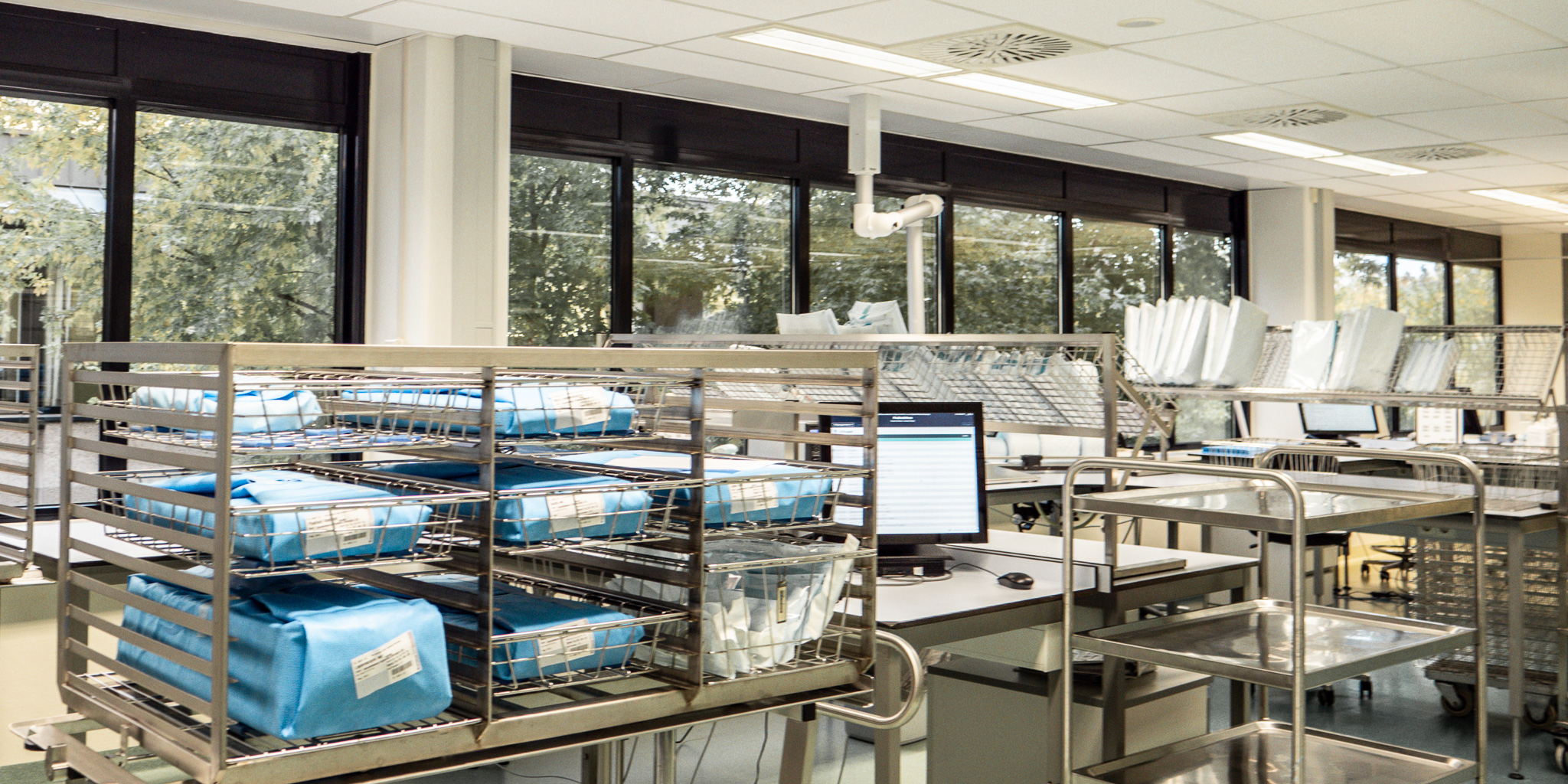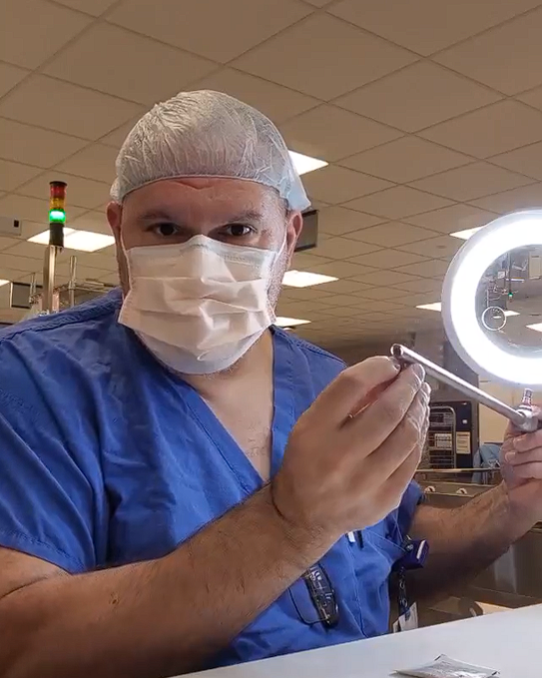
From picture to pixel
Light-sensitive cells in the retina absorb the photons as they are focused onto the back of the eye.
As you take in the view of a room, your brain sees not only the picture in front of you, but also the images from your most recent involuntary, staccato twitches called saccades.
An HD color camera uses an Active-pixel sensorcalled a complementary MOS (CMOS), which is a major technology used in digital imaging and is widely used in professional, medical, and scientific applications where high-quality image data are required.
Differences
1. Human eyes have a higher resolution than cameras. The human eye is composed of over 200 different types of cells, while a digital camera only uses about 1 million pixels.
2. The human eye can detect objects at much greater distances than a camera.
4. A human eye takes around 20 ms to register an image, while a digital camera can take several seconds.
5. A human eye cannot focus at infinity (as long as you don't have astigmatism), while a digital camera can.
6. Because our eyes are constantly moving, we need to blink to prevent dryness and blurry vision. Digital cameras do not move, therefore they do not require blinking.
7. A digital camera has larger individual sensors.
8. In order for a human eye to work, there must be enough light hitting the eyeball. If light levels drop below a certain threshold, then things start to look dimmer. This is called scotopic vision. Cameras, however, can operate even without any ambient light. This is called photopic vision.
10. A digital camera lens can collect light from a wide range of angles, while the human eye can only gather light from a narrow angle.
11. There is no way to correct color distortion in a digital camera.
12. Our eyes are able to adjust to changes in light levels.
13. A digital camera may have a variable aperture setting. The aperture controls how much light is allowed to enter the lens.

Who or which is better
It's one of the most complicated questions to answer, and requires delving into how a camera records light, but also how and why our eyes work the way they do. Our eyes are able to look around a scene and dynamically adjust based on subject matter, whereas cameras capture a single still image. A fair comparison is still possible, but only if we take into consideration what we're seeing and how our mind processes this information.
Our eyes are able to look around a scene and dynamically adjust based on subject matter, whereas cameras capture a single still image. This trait accounts for many of our commonly understood advantages over cameras.
However, the end result is more like a video camera — not a stills camera — that compiles relevant snapshots to form a mental image. A quick glance by our eyes might be a fairer comparison, but ultimately the uniqueness of our visual system is unavoidable because:
What we really see is our mind's reconstruction of objects based on input provided by the eyes — not the actual light received by our eyes.
The examples below show a situation where your mind can be tricked into seeing something different than your eyes:

If you look at this picture, you'll see the entrance of a ride in a theme park. If you look more closely, you'll see a huge building that was painted in "Go-away-green", a colour developed by Disney.
Anoher one is "Blending Blue":

The result depends..
If you need to have a referee in a game, at this moment in time, it might be better to have a human decide, since a game is complex and not only requires visual inputs. Driving a vehicle is left best to humans, because situations can become complex in the blink of an eye. Cameras and computers are not able (yet) to decide on this.
However...
If we're talking about applications that require a human to do repetitive checks or see small differences in images that are hardly noticed or get worse slowly over time, it's better left to a camera. For instance, you didn't see that Differences 3. and 9. above are missing.

Camera Resolution: How far should we go
8K images are likely the clearest digital pictures the human eye will ever see. They are four times the horizontal and vertical resolution of 1080p and 16 times the overall pixels. But some have raised questions about the utility of such high resolution for viewers who only have eyes of a certain size. Whether 8K has any meaning for human visual processing depends on a system that involves some of the most complex and mysterious structures of the human body. The combined functions of these structures produce a mental experience that scientists are still struggling to map.
However, the benefits of 8K have a lot more to do than just expanding screen sizes. Dan Sasaki, the VP of Optical Engineering at Panavision, discussed in a 2017 presentation that the greater sub-pixels in the image “provides the viewer with much more information from which to render the images in their brains, and this provides a sense of greater depth and more realism.”




